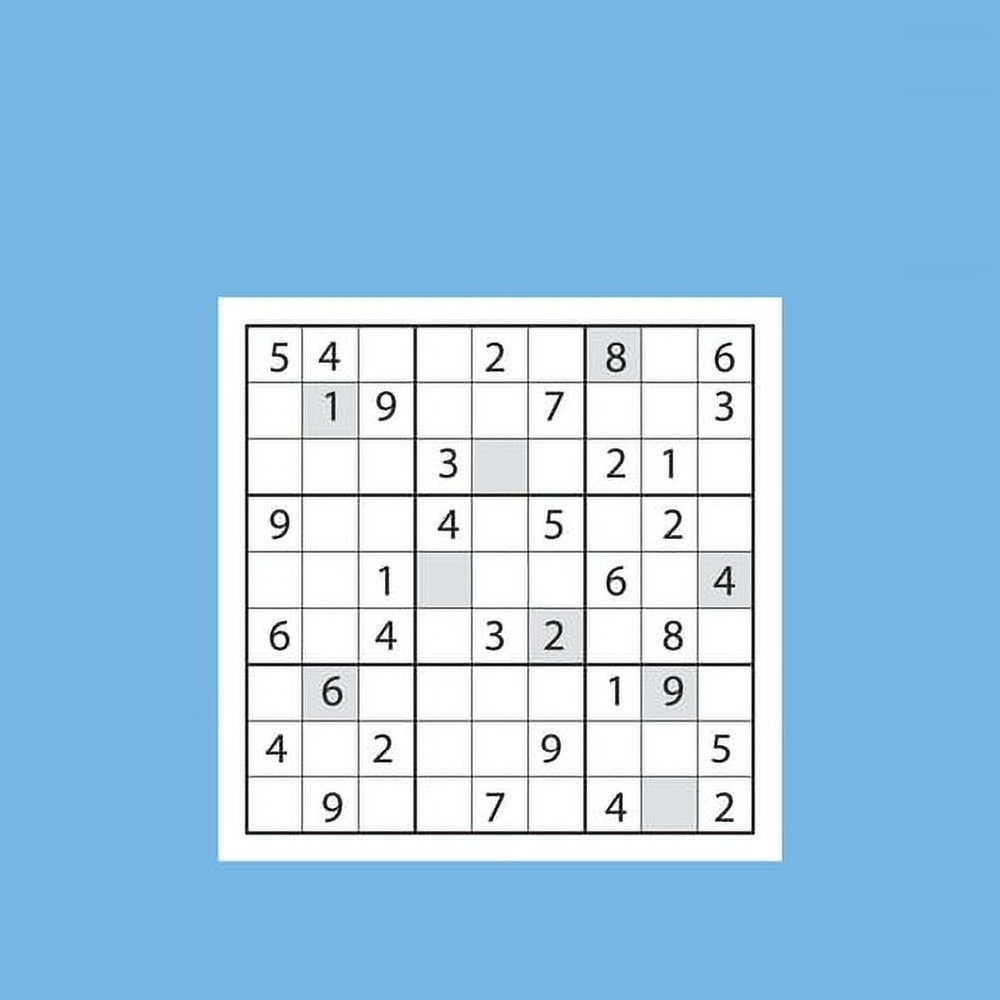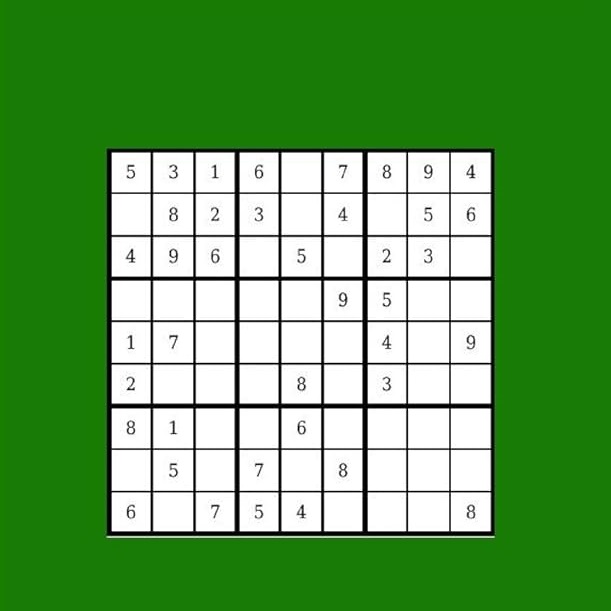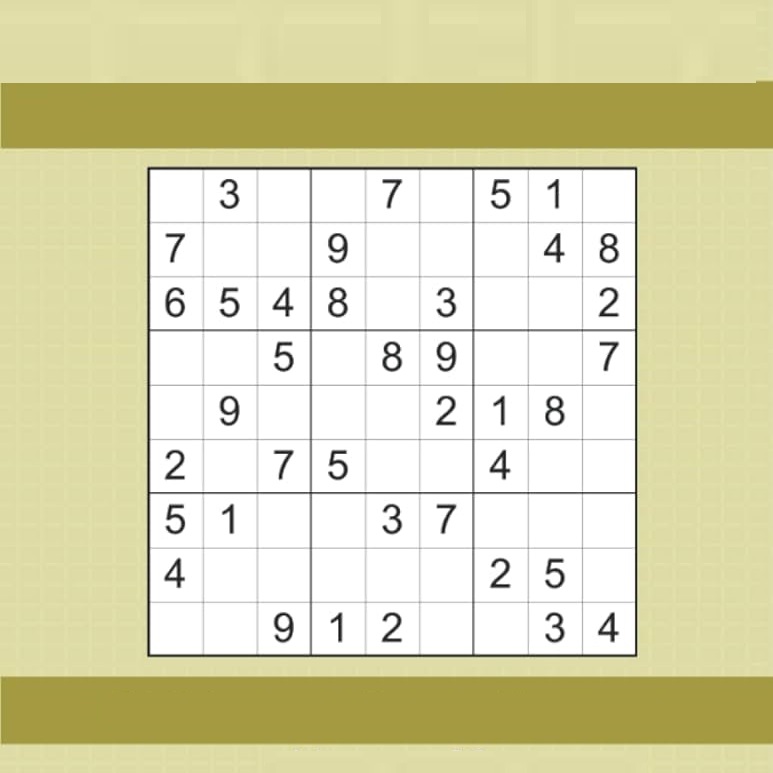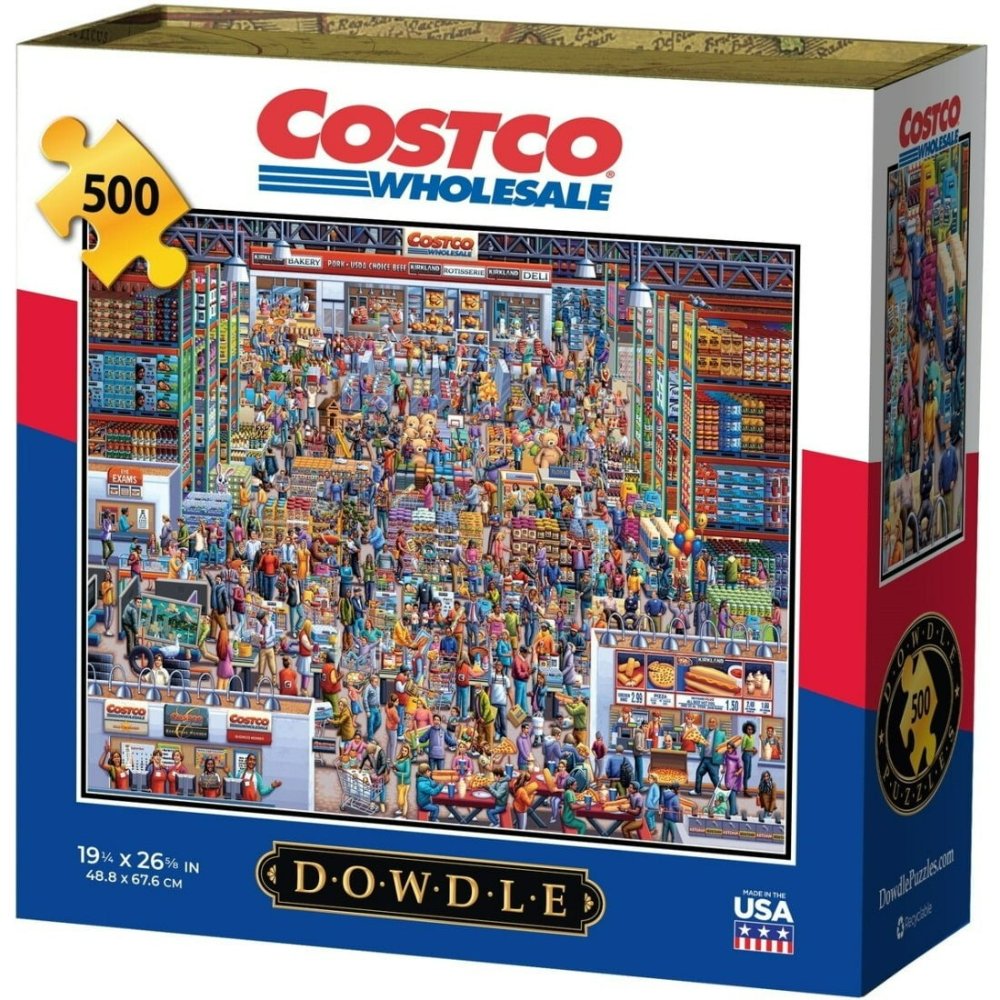Introduction to Sudoku
Sudoku, originating as ‘Number Place’ in French newspapers, captivated the world after Japan’s Nikoli renamed it Sudoku, meaning ‘Single Number’. This logic-based, combinatorial number-placement game flourished in 2004 with The Times feature, quickly turning into a global phenomenon. Whether in print or digital form, Sudoku’s essence lies in filling a 9×9 grid so each row, column, and each 3×3 box contains all digits from 1 to 9. A blend of easy to hard puzzles provides both fun and mental exercise, enhancing memory, concentration, and problem-solving skills. It’s a game where mathematical operations take a backseat to pattern recognition and logical deduction.
From puzzles found in daily newspapers to online challenges, Sudoku offers an accessible brain-teaser for people of all ages. There’s no age or expertise barrier; beginners can jump in right away. As a great tool for mental sharpening and relaxation, Sudoku puzzles range from simple to complex, able to entertain and challenge anyone willing to play. Let’s explore the basics, understand the rules, and develop strategies for solving these engrossing puzzles. Embrace the challenge and join the millions who untangle the intriguing world of Sudoku.
Rules of Sudoku
To embark on the satisfying journey of solving Sudoku puzzles, familiarize yourself with its fundamental rules. These guidelines are essential for beginners to understand how to play Sudoku and form the cornerstone of every strategy you will learn.
- Rule 1: Use Numbers 1 to 9. Sudoku is played with numbers from 1 to 9. Each number is unique and critical in solving the puzzle.
- Rule 2: No Repeats in Rows. Ensure each row across the Sudoku grid contains all the numbers from 1 to 9, without repeating any.
- Rule 3: No Repeats in Columns. Much like rows, every column must also possess numbers 1 to 9 once, abstaining from duplication.
- Rule 4: Unique 3×3 Box Digits. The grid is subdivided into nine smaller 3×3 boxes. Each box must hold a complete set of numbers 1 to 9 with no repetitions.
- Rule 5: Filling in Pre-populated Numbers. Some numbers are already placed in the grid for you; use them as anchors to deduce the positioning of the missing numbers.

The magic of Sudoku lies not in complex mathematics but in the simple elegance of its rules. By embracing these five basic rules, you will establish a solid foundation for tackling even the most daunting puzzles. Remember, practicing these rules can significantly enhance your problem-solving skills and brainpower.
Strategies for Solving Sudoku Puzzles
Now that you understand the basic rules of Sudoku, it’s time to dive into strategies that can help you solve puzzles more effectively. While there’s no one-size-fits-all method, a combination of techniques can guide beginners towards becoming proficient Sudoku solvers.
Scanning Rows and Columns
Begin by scrutinizing the rows and columns. Look for ones largely filled in. Identifying the missing numbers becomes easier this way. Start filling them in to gain momentum for the next steps.
The Pencil Marking Technique
This involves noting potential numbers in each cell after your initial scan. It helps spot possible combinations and allows you to adjust guesses as you progress. Always use a pencil for this method.
Understanding Single Candidate
When only one number can fit into a cell because all other options appear in the same row, column, or 3×3 grid, this is your single candidate. Spotting these opportunities can swiftly reduce the number of empty cells.
Applying the Elimination Method
Analyzing the puzzle for places where a number can’t possibly go helps you narrow down where it can. This process of elimination is key to solving more challenging puzzles.
Employing these strategies can dramatically improve your problem-solving abilities within Sudoku. Each technique offers unique advantages and, when used in conjunction, can make seemingly difficult puzzles much easier to solve. Remember to stay patient, think logically, and practice regularly to refine your Sudoku-solving skills.
Step-by-Step Sudoku Puzzle Walkthrough
Solving Sudoku puzzles can be immensely satisfying, especially when you know where to start. A step-by-step walkthrough helps beginners see the game in action and understand the process behind the puzzle-solving. Let’s go through a Sudoku puzzle together, demonstrating tips and strategies that you can apply to your own games.
- Analyze the Grid. Look at the pre-filled numbers to determine where to begin.
- Scanning for Opportunities. Find rows, columns, or grids that are nearly complete. They’re the best starting points.
- Use Pencil Marking. Write down potential numbers for each cell. This visual aid helps identify the correct numbers more quickly.
- Spotting the Single Candidate. Notice if only one number is missing in a row, column, or grid. Insert that number straight away.
- Apply Elimination. Cross out impossible numbers to find the few possibilities left. This simplifies the choice.
- Check and Double-Check. After placing a number, recheck the related rows, columns, and grids to ensure there are no conflicts.
- Move Forward with Deductions. Fill in the easy spots to reveal clues for the harder ones. Keep repeating the above steps.
- Addressing the Tougher Grids. As you fill in more numbers, the harder parts of the puzzle will start to seem less daunting.
- Continue Pencil Marking and Elimination. Re-evaluate potential numbers constantly and adjust as necessary.
- Complete the Puzzle. Eventually, each cell will have only one possible number. Fill it in to solve the Sudoku.
Through these steps, you’ll unlock the patterns in a Sudoku puzzle. Patience, practice, and logical thinking will eventually make you adept at this mentally stimulating game. So grab a puzzle, apply these methods, and watch as the numbers fall into place!
Common Mistakes and How to Avoid Them
As you embark on the path of becoming a Sudoku master, being aware of common pitfalls is crucial. Here are some mistakes beginners make and how to sidestep them:
- Filling in Numbers too Quickly: Patience is key in Sudoku. Rushing to fill in numbers without proper analysis often leads to mistakes. Take your time with each move.
- Ignoring the Big Picture: Don’t focus solely on one section of the puzzle. Keep the entire grid in mind. This helps in spotting more opportunities for number placement.
- Overlooking Pencil Marks: If you’ve used the pencil marking strategy, neglecting these marks can lead to confusion. Regularly revise your pencil marks.
- Forcing Numbers into Spaces: Just because a cell is empty doesn’t mean you have the right number for it. Only place a number when you’re certain it fits.
- Not Double-Checking Work: After filling in a number, always check the related rows, columns, and 3×3 boxes. This ensures no duplicates slip through.
- Misusing the Elimination Method: Misapplying this technique can result in incorrect placements. Understand the logic behind elimination fully before using it.
- Giving Up on Challenging Puzzles: It’s easy to feel discouraged by harder puzzles. View them as opportunities to improve your skills rather than obstacles.
Mistakes are a natural part of the learning process. Embrace them as lessons and use them to enhance your Sudoku abilities. With consistent practice and attention to these tips, you’ll minimize errors and enjoy the puzzle-solving journey.
Tools and Resources for Sudoku Beginners
As a budding Sudoku enthusiast, having the right tools and resources can elevate your puzzle-solving experience. Here’s a list to get you started:
Essential Tools for Sudoku
- Pencils: Precision matters in Sudoku, so choose a good erasable pencil to allow for adjustments.
- Eraser: A clean eraser is vital for correcting mistakes without smudging your grid.
- Sudoku Book: Invest in a Sudoku book with puzzles of varying difficulties to practice offline.
- Sudoku Apps: There are many free apps available that offer a range of puzzles and difficulty levels.
- Timer: If you wish to challenge yourself, use a timer to track your progress over time.
Helpful Resources for Learning and Practice
- Online Tutorials: Many websites offer tutorials with step-by-step techniques.
- Puzzle Forums: Join Sudoku forums or groups to learn tricks from seasoned solvers.
- Daily Newspapers: Pick up your local newspaper; many publish a daily Sudoku puzzle.
- YouTube Channels: Watch Sudoku solvers on YouTube for visual learning.
Strategies and Tips Collections
- Strategy Guides: Look for books or online guides that delve into advanced solving strategies.
- Printable Puzzles: Find and print puzzles from beginner to advanced levels for practice.
- Interactive Websites: Websites with interactive Sudoku puzzles provide instant feedback on your moves.
With these tools and resources, you are well-equipped to begin or improve your journey in the world of Sudoku. Remember to start with the basics and gradually level up to more complex puzzles. Enjoy the mental workout and the satisfaction of solving!
Practice Puzzles: From Easy to Hard
To master Sudoku, start with simple puzzles. Easy puzzles have more numbers filled in. This helps beginners recognize patterns without feeling overwhelmed. As you grow confident, move to medium puzzles. These have fewer pre-filled numbers, forcing you to rely more on strategy. Hard and very hard puzzles offer the least clues, requiring advanced techniques and intense focus. Remember, practice makes perfect. Increase difficulty gradually to sharpen your skills.
Starting with Easy Puzzles
Begin your journey with easy Sudoku puzzles. Look for ones with lots of numbers already in place. Use these numbers to guide you as you fill in the blanks. Easy puzzles are great for learning the rules and understanding the game.
Graduating to Medium Difficulty
Once comfortable with easy puzzles, challenge yourself with medium ones. Here, you’ll apply the strategies you’ve learned, like pencil marking and elimination.
Tackling Hard Puzzles
For those ready for a challenge, hard Sudoku puzzles await. These puzzles will test your logic and ability to spot intricate patterns. They require a good grasp of all solving strategies.
Mastering Very Hard Puzzles
The ‘very hard’ level is the ultimate test of your Sudoku skills. These puzzles often have very few numbers filled in. They need expert-level strategies and plenty of patience. Only tackle these when you’re ready for a serious mental workout.
Keep practicing, and don’t rush the learning process. Start easy and work your way up. With each puzzle, your proficiency in Sudoku will grow, preparing you for even the most difficult challenges.




